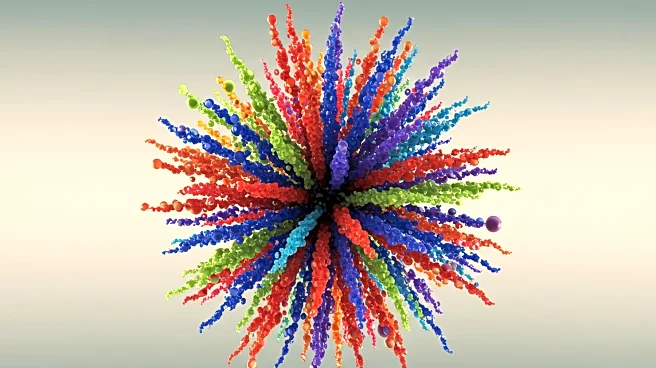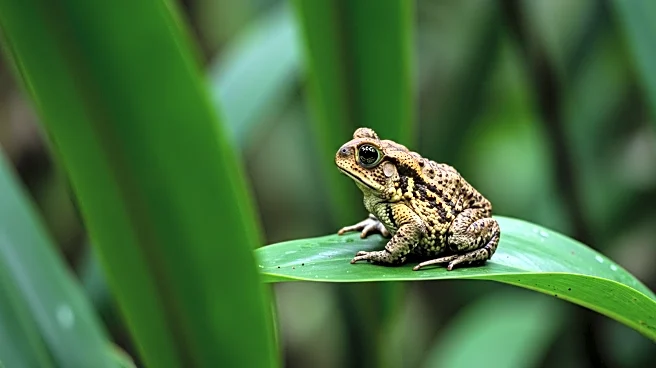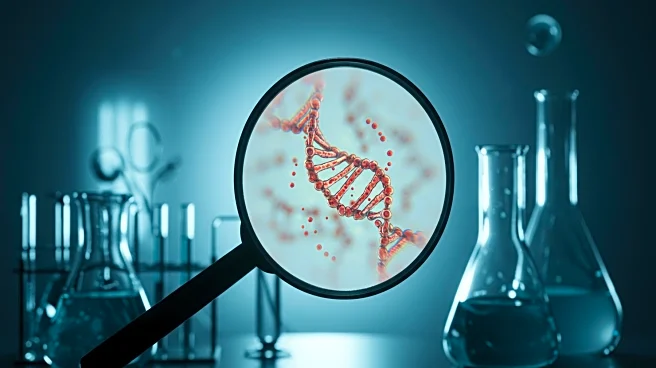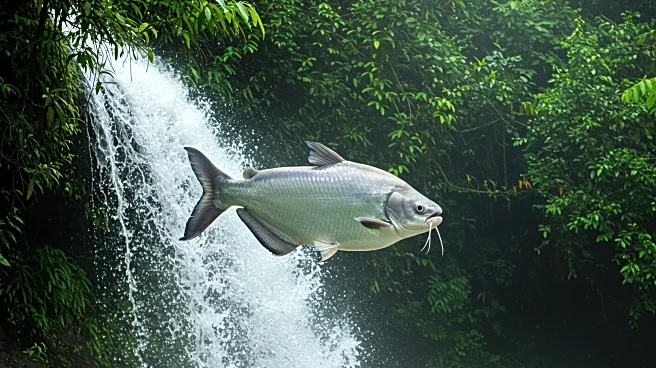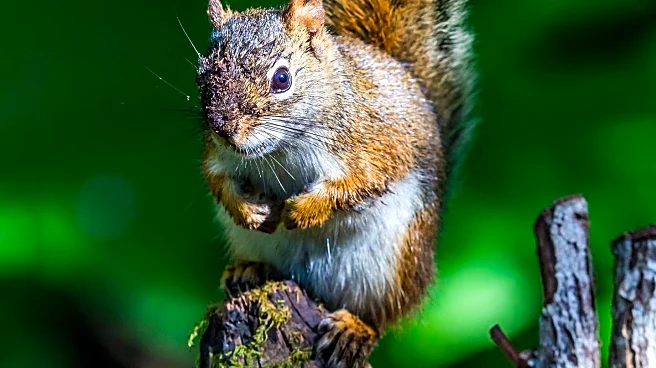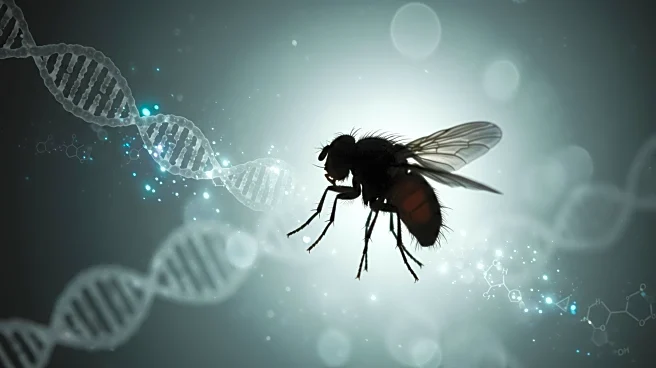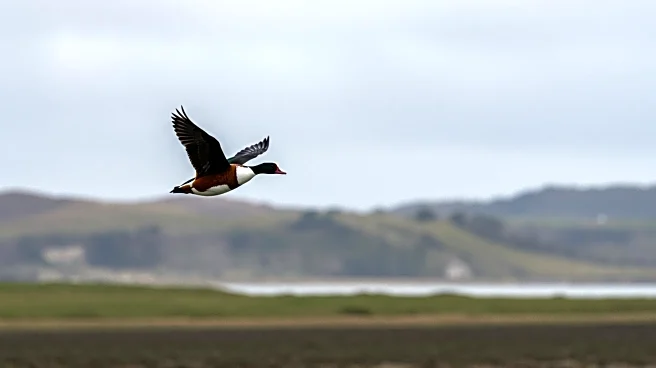What's Happening?
A new analysis published in Frontiers in Ecology and Evolution shows that most known species belong to a few large clades that underwent rapid diversification. Over 80% of species in animals and plants are concentrated within these groups, indicating that bursts of speciation linked to ecological opportunities or key innovations have shaped current biodiversity. The study analyzed species richness and diversification rates across various clades, including land plants, insects, vertebrates, and all animals, revealing that rapid radiations are a common phenomenon across life forms.
Why It's Important?
Understanding the patterns of rapid radiations provides insights into the evolutionary processes that have led to the current distribution of biodiversity. This knowledge is crucial for conservation efforts, as it highlights the importance of ecological niches and evolutionary innovations in species diversification. The study's findings can inform strategies to preserve biodiversity by focusing on the ecological conditions that foster rapid speciation. Additionally, it underscores the need for further research into bacterial diversity, which remains uncertain.
Beyond the Headlines
The study suggests that traits such as multicellularity, land invasion, and flowering in plants have driven rapid radiations. These findings highlight the role of key evolutionary innovations in shaping biodiversity. The research also points to the potential for undiscovered bacterial diversity, which could alter our understanding of species distribution across life forms.
